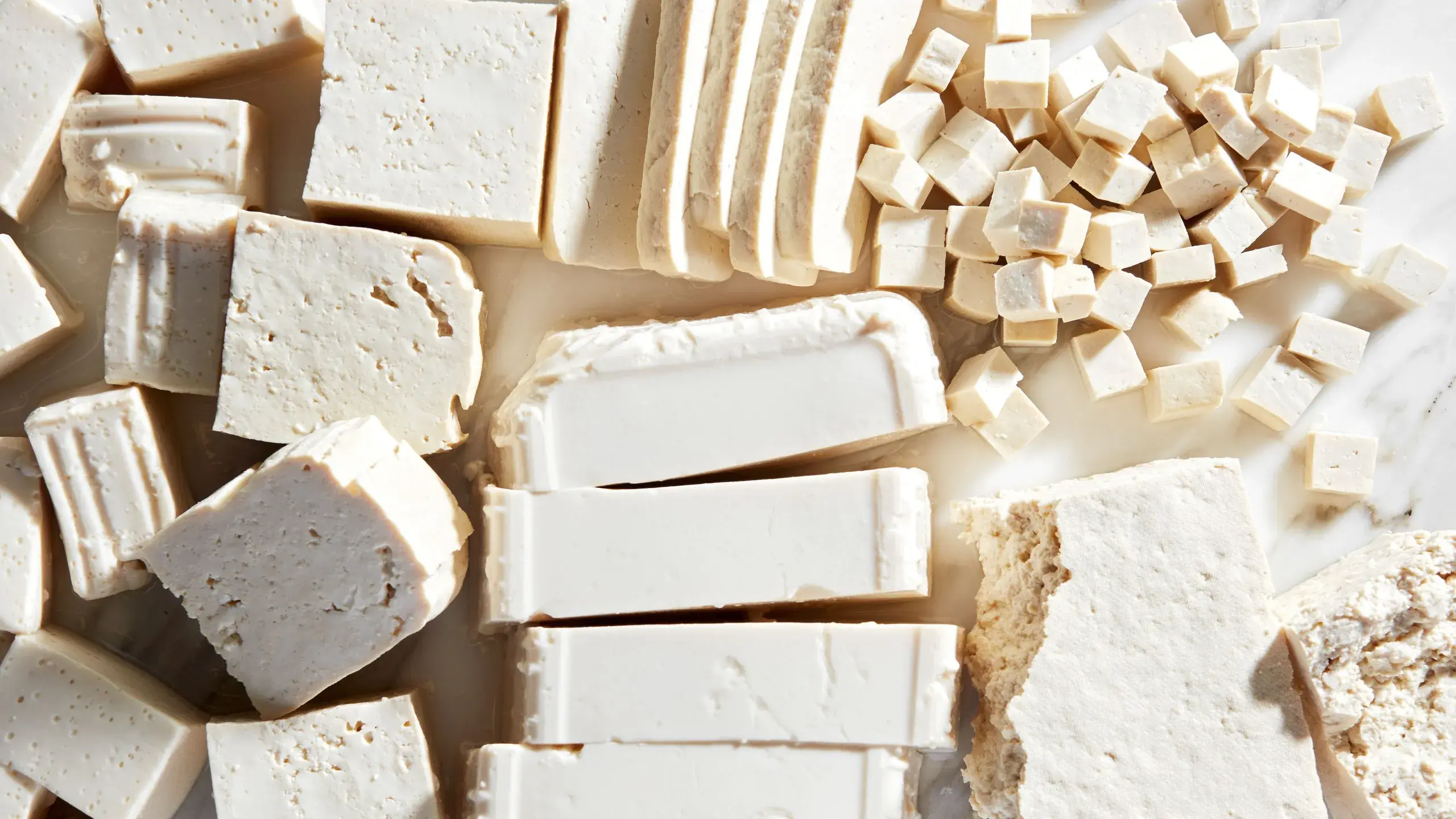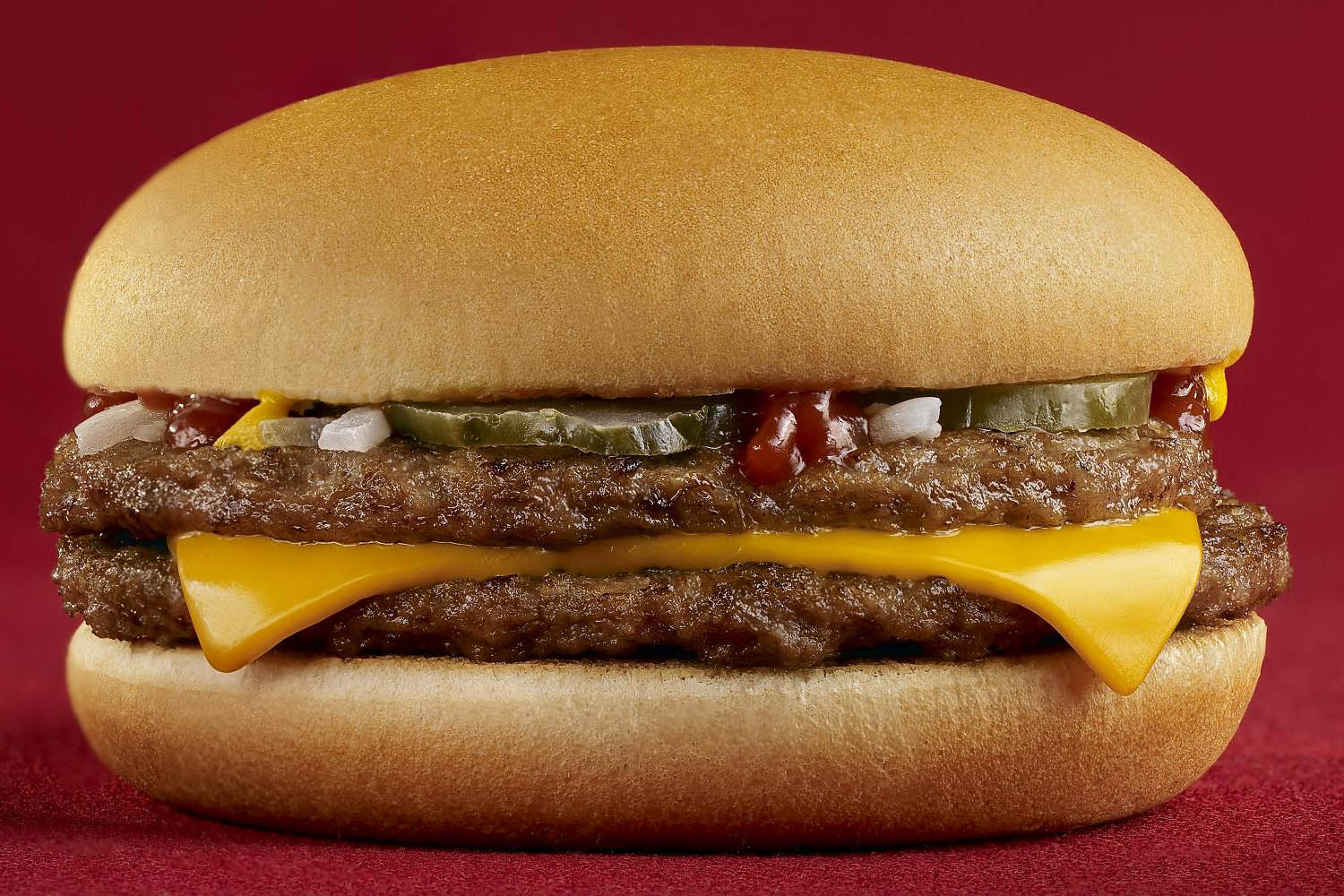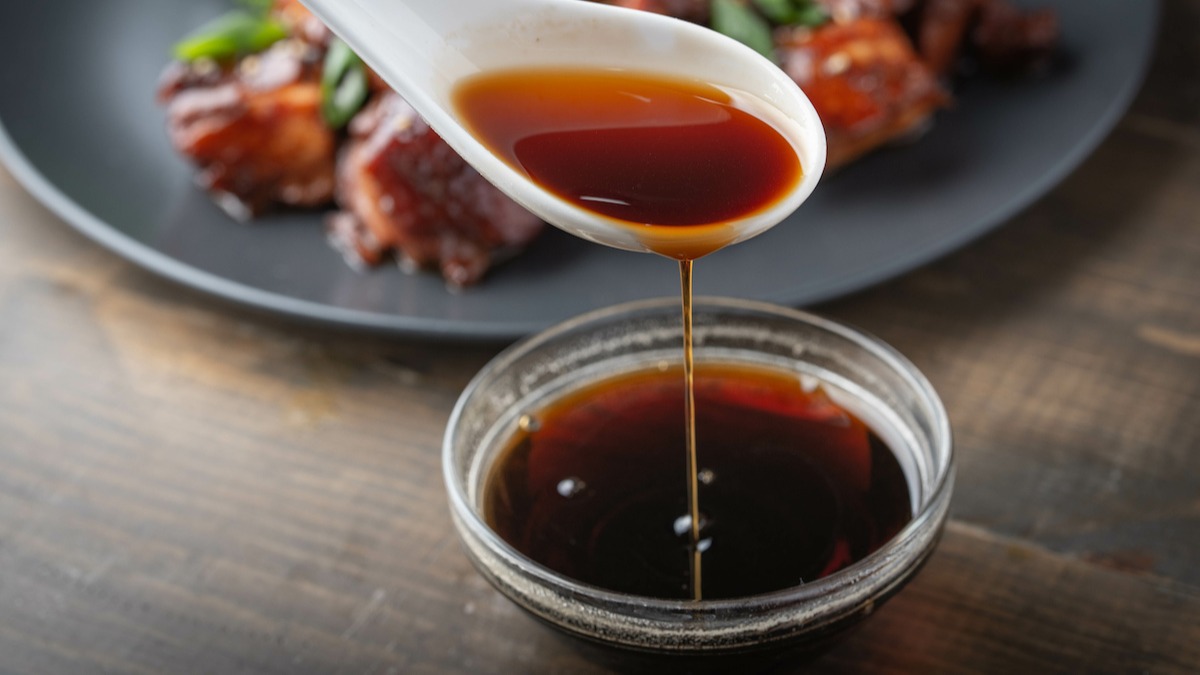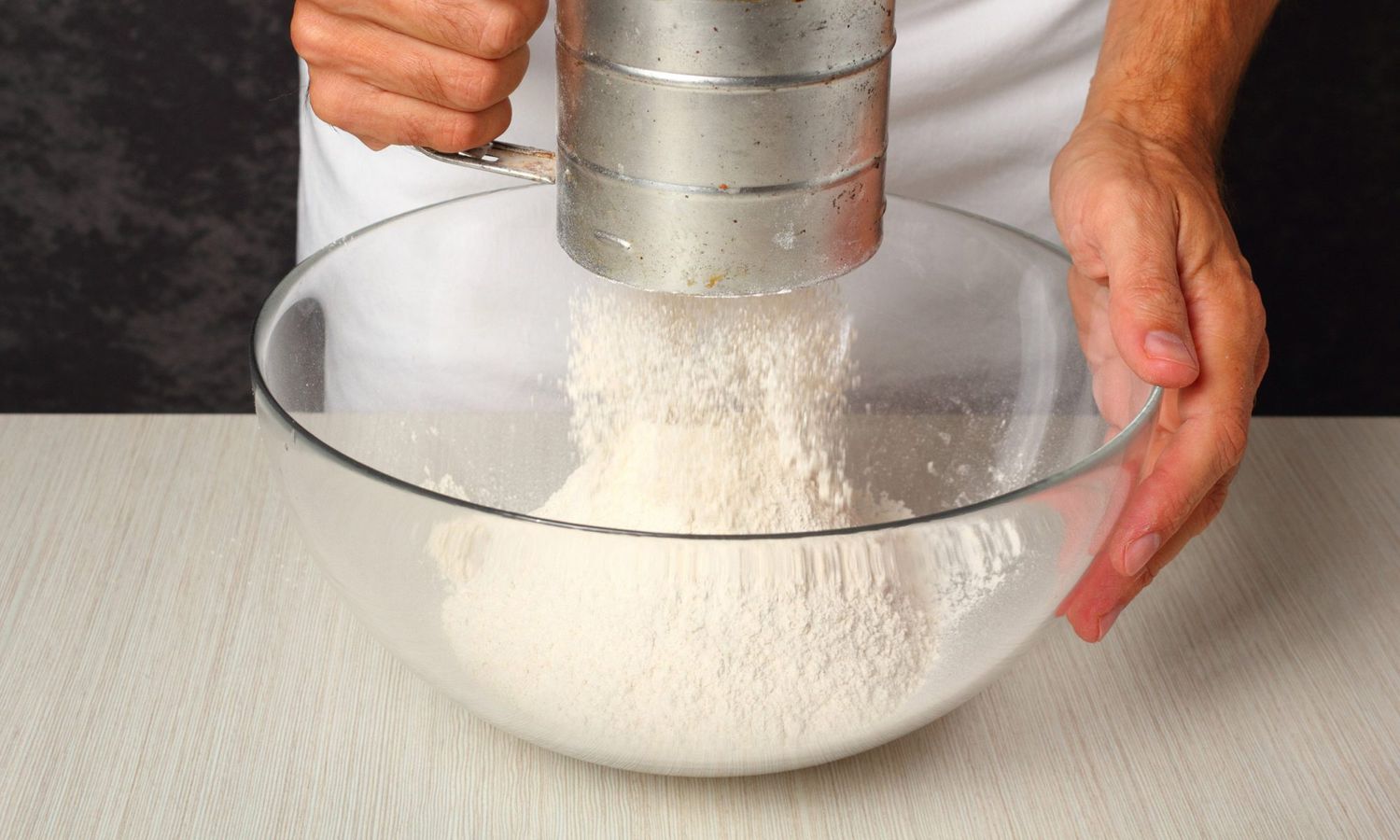The Difference Between Unbleached and Bleached Flour
Flour is a staple ingredient in many recipes, from bread and cakes to cookies and pastries. When you stroll down the baking aisle at the grocery store, you may notice two main types of flour: unbleached and bleached. But what exactly is the difference between these two types of flour?
Unbleached Flour
Unbleached flour is made from wheat that has not undergone any bleaching agents or artificial whitening. It has a slightly off-white color and a denser texture compared to bleached flour. Here are some key points about unbleached flour:
- It is naturally aged to achieve its off-white color.
- It has a higher protein content, which makes it ideal for yeast breads and other baked goods that require a strong gluten structure.
- It may have a slightly nuttier flavor compared to bleached flour.
- It is often preferred by bakers who want to avoid the chemical treatment involved in bleaching.
Bleached Flour
Bleached flour, on the other hand, undergoes a chemical bleaching process to whiten the flour and alter its texture. Here are some key points about bleached flour:
- It is treated with bleaching agents such as benzoyl peroxide or chlorine dioxide to speed up the aging process and achieve a whiter color.
- It has a softer texture and finer grain compared to unbleached flour.
- It is often preferred for recipes that require a lighter, more delicate texture, such as cakes and pastries.
- Some bakers believe that bleached flour produces a more consistent and predictable result in baking.
Which One Should You Use?
When it comes to choosing between unbleached and bleached flour, the decision ultimately comes down to personal preference and the specific requirements of your recipe. Here are some factors to consider:
- For recipes that require a strong gluten structure, such as bread and pizza dough, unbleached flour may be the better choice due to its higher protein content.
- For recipes that require a lighter texture, such as cakes and pastries, bleached flour may be the preferred option due to its softer texture and finer grain.
- If you prefer to avoid chemical treatments and opt for a more natural approach, unbleached flour may be the ideal choice for you.
- Ultimately, both types of flour can be used interchangeably in most recipes, so feel free to experiment and see which one works best for your baking needs.
Conclusion
While unbleached and bleached flour may have some differences in texture, color, and flavor, both types of flour can be used to create delicious baked goods. Whether you choose unbleached flour for its natural aging process and higher protein content, or bleached flour for its softer texture and whiter color, the most important thing is to enjoy the baking process and the tasty treats that result from it!
So, next time you’re in the baking aisle, consider the differences between unbleached and bleached flour and choose the one that best suits your baking needs.
Was this page helpful?
Read Next: What Is Speculoos Cream?
standing desk
The FIZIBO height adjustable desk can also meet the use and adjustment of multiple scenes and multiple groups of people, such as sedentary office workers, creative workers, students, people with cervical and lumbar pain, and so on. https://www.fezibo.com/collections/height-adjustable-desk Working from home sure is en vogue these days, but not every home is conducive to work. That all changes when you've got a standing desk behind...err, in front of you.FEZIBO Crank standing desk small helps create a better work environment by allowing you to move throughout your day. By manually turning the crank to raise your desk, on the one hand, your wrists are effectively moved, and you are refreshed during long work. On the other hand, switching between different postures of standing and sitting will promote work efficiency and keep your mind more active. https://www.fezibo.com/collections/small-standing-desk











